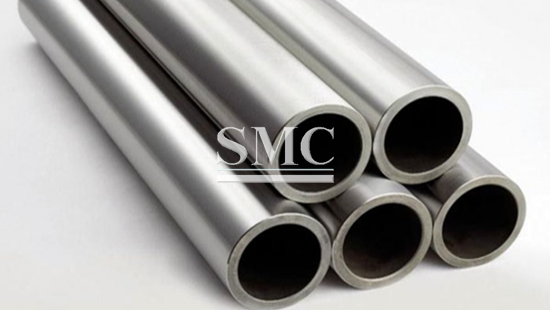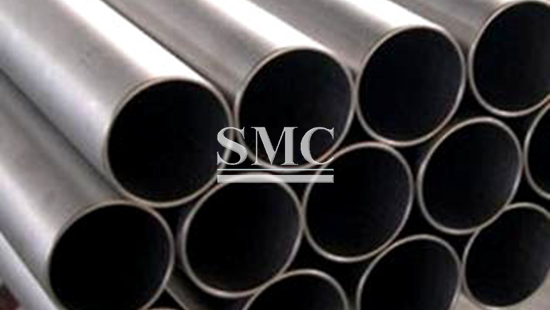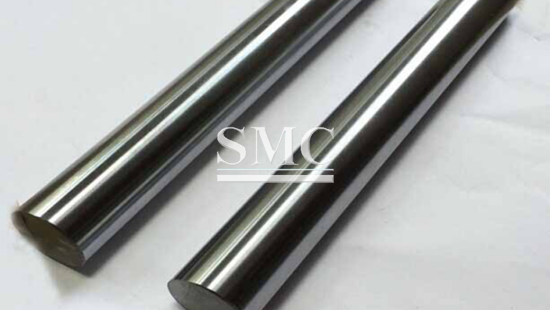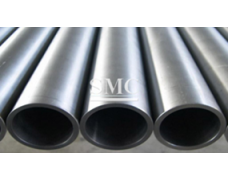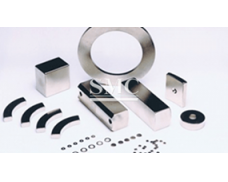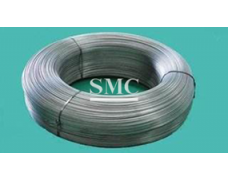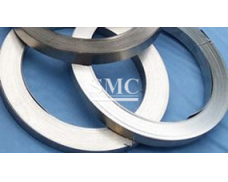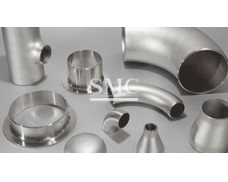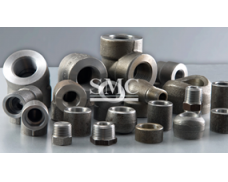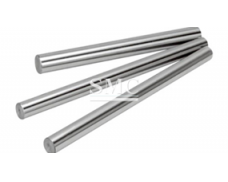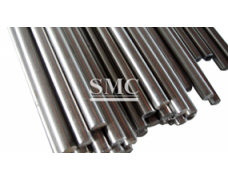
- Unternehmensübersicht Das Herz von Shanghai Metal Vision und Philosophie Partnerschaft Zertifizierungen Unternehmenskultur
- Unser Service Projekt-Design Wartung und Service Herstellung Transformation und Aufrüstung Lagerung und Logistik Verarbeitung und Handel
- Management Unsere Geschichte Globale Verantwortung
- Beschaffungszentrum Praktikum
- Metall Aluminiumprodukte Kupferprodukte Metallisch beschichtete Produkte Edelstahlprodukte Stahlprodukte Sonderlegierung
- Konstruktion Stahlgitter Lagerregal Stahlstruktur Stahlbrücke Gerüstbau Baumaterial Chemische Rohstoffe One Stop Solutions for Projects
- Containers ISO Standard Container Gerätecontainer Lagerbehälter Container Haus Reefer / Isolierbehälter Offshore Container
- Maschinen Formmaschine Andere Maschinen Schneidemaschine Verarbeitungsmaschine Biegemaschine Ziegelmaschine Motor
- Mechanische Produkte Fahrzeugindustrie Verschiedenes Festmacher Schiffsausrüstung Druckbehälter
- Elektrisches System Elektrisches Kabel Automatisierung Machtverteilung Solarenergie System Elektrisches Schutzsystem Transformator Fließband Blitzsystem
- Medizinisches Zubehör Fütterungsprodukte Atemwegsprodukte Pflegeprodukte Injektionsprodukte
- Baumaschinen
- EPC-Projekt
- Erdölleitung
- Wasserleitung
- Gas Leitung
- Boots- und Liegezubehör
- Metall zur Dekoration
- Transformator-Komponenten
- Wärmetauscherrohr
- Klimaanlage Ersatzteile und Zubehör
- Kessel
- Küchen- und Badezimmergerät
- Metall für Haushaltsgeräte
- Solarstromgerät
- Aufzug
- Dach und Decke
- Kabel
- Tank
- Verpackung
- Maschinen und Anlagen Ersatzteile und Zubehör
- Formenwerkzeug
- Autoteile
- Gleis- und Kranbahn
- Hardware-Anpassung
- Schleifmittel
- Straßenbaumaschinen
- Elektronische Bauteile
- Bau- und Ausbaumaterialien
- Türen und Fenster
- Kühlschränke
- Pressemitteilung Nachrichten aus der Metallindustrie Nachrichten von Maschinen und Anlagen Nachrichten von Bau und Gebäude Nachrichten von mechanischen Produkten Nachrichten von Containern Nachrichten von Elektrik System Nachrichten von medizinischem Zubehör
- Medienbibliothek Videos Bilder Folgen Sie den sozialen Medien in Shanghai
Hastelloy N
Draht: 0,04-10 mm
Streifen: 0,05-15 mm * 3-600 mm
Bar: 3 mm ~ 800 mm;
Wire: 0.04-10mm
Strip: 0.05-15mm*3-600mm
Bar: 3mm~800mm;
Hastelloy N legierter Stahl:
Äquivalente Bezeichnungen: UNS N10003
Spezifikation:
Draht: 0,04-10 mm
Streifen: 0,05-15 mm * 3-600 mm
Bar: 3 mm ~ 800 mm;
Rohr: OD 1 - 1000 mm, Dicke 0,1 - 100 mm
Blatt: Dicke 0,15-180 mm, Breite 8-3000 mm, Länge 500 mm-11000 mm
Oberflächenbehandlung: Schwarz, Hell poliert, Rough Turned, Nr. 4 fertig, Matt Finished, bA Finished, oder andere fertig.
Produktliste und Standard:
Hastelloy N Alloy Steel:
Specification:
Wire: 0.04-10mm
Strip: 0.05-15mm*3-600mm
Bar: 3mm~800mm;
Pipe: OD 1 - 1000 mm; Thickness 0.1 - 100 mm
Sheet: Thickness 0.15-180mm; Width 8-3000mm; Length 500mm-11000mm
Surface Treatment: Black, Bright polished, Rough Turned, No 4 Finished, Matt Finished, bA Finished, or other Finished.
Product list and standard:

Chemisches Element für Kfz-Sicherung:
Chemical element for automotive fuse:

Physikalische Eigenschaften:
Physical properties:

Verarbeitungsmethode:
Rohmaterial → Schmelzen → Zeichnen → Walzen → Glühen → Fertigprodukt → Erkennung → Verpackung → Versand
Processing method:
Raw material→ Smelting→ Drawing→ Rolling→ Annealing→ Finished product→ Detection→ Packing→ Shipping
Anwendungen:
Behälter für geschmolzene Fluoridsalze
Gasturbinen
Petrochemische Industrie
Industrieöfen
Wärmebehandlungsausrüstung
Kerntechnik
Jet-Motor Brennkammern
Heizgeräte für Flugzeugkabinen
Turbine Abgaskomponenten
Applications:
Containers for molten fluoride salts
Gas turbines
Petrochemical industry
Industrial furnaces
Heat treating equipment
Nuclear engineering
Jet engine combustion chambers
Aircraft cabin heaters
Turbine exhaust components
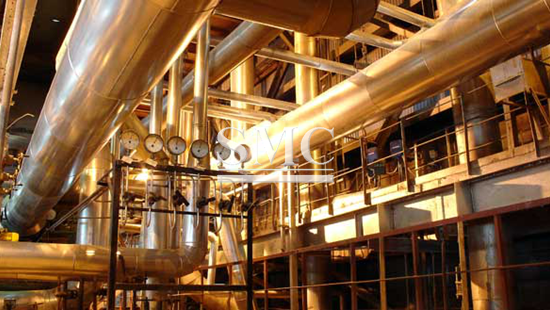
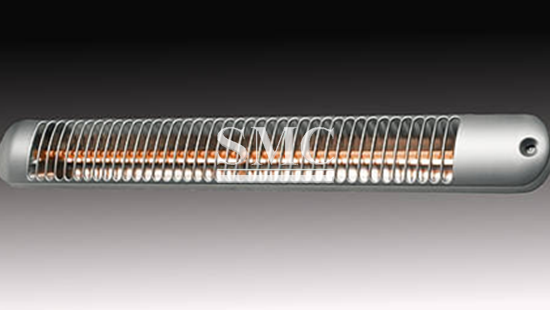
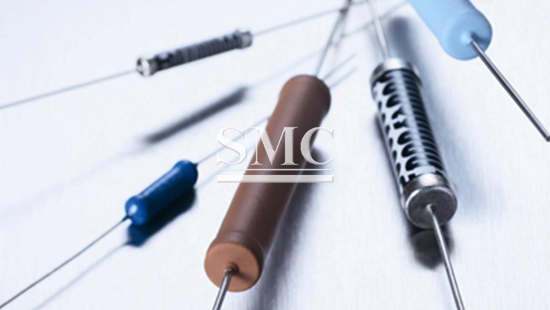
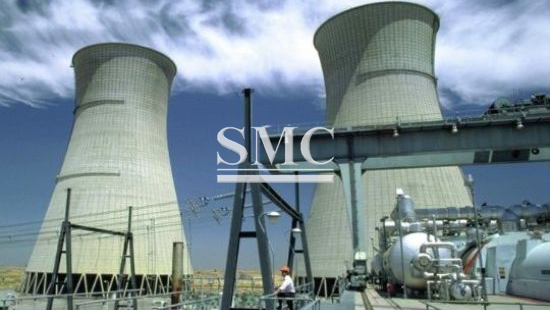
Vorteile und Eigenschaften:
HASTELLOY N-Legierung (UNS N10003) ist eine Legierung auf Nickelbasis, die im Oak Ridge National Laboratories als Behältermaterial für geschmolzenen Fluoridsalze erfunden wurde. Es gute Oxidationsbeständigkeit Heißfluoridsalze in dem Temperaturbereich von 1300 bis 1600 ° F aufweist ( 704 bis 871 ° C).
In Tests von mehr als zwei Jahren Dauer, Korrosionsangriff auf HASTELLOY N-Legierung in geschmolzenen Fluoridsalzen bei Temperaturen bis zu 1300 ° F (704 ° C), weniger als ein Millizoll pro Jahr. Es wird erwartet, dass die Legierung N nützlichsten sein wird, in Ursachen sind Fluoride bei hohen Temperaturen, die jedoch vergleichsweise günstig zu anderen HASTELLOY-Legierungen in verschiedenen korrosiven Medien sind, wie die Tabelle der Penetrationsraten zeigt. Diese technische Information Es wird insbesondere vorgeschlagen, die Legierung in geschmolzenen Halogeniden von Zirkonium, Beryllium, Lithium, Natrium, Kalium, Thorium oder Uran zu testen.
HASTELLOY N-Legierung hat eine gute Oxidationsbeständigkeit in Luft. Es zeigt, verspricht für den Dauerbetrieb bei Temperaturen bis zu 1800 ° F (982 ° C). Intermittent Einsatz bei Temperaturen bis zu 1900 ° F (1038 ° C) auch möglich sein kann. Keine erkennbaren Die Oxidation konnte für die Legierung bei Temperaturen bis zu 1200 ° F (649 ° C) gemessen werden.
Metallographische Untersuchungen haben gezeigt, dass die Elemente in Legierung N verbleiben in fester Lösung in dem 1100 bis 1600 ° F (593-871 ° C) liegt. Zugversuche angegeben hat keine Tendenz zur Versprödung für längere Zeit bei 1500 ° F (816 ° C) Das hat sich erfolgreich extrudiert und weiterverarbeitet in hochwertig nahtlos oder als geschweißt und gezogen hergestellt. Schläuche.
Lösungswärmebehandlung wird nach dem Warm- oder Kaltverformung von HASTELLOY N Legierungsteilen empfohlen. Für Blatt und Platte, dies durch Einweichen bei 2150 ° F durchgeführt wird (1177ºC) [Schnitte bis 1/4 Zoll dick] und dann schnell abgekühlt in Luft oder bei 1165 ° C [Abschnitte 1/4 Zoll und dicker] gefolgt von Wasserquenching.
HASTELLOY N-Legierung kann auf Bestellung in Form von Blechen, Blechen und Stangen geliefert werden
HASTELLOY N-Legierungsblech, Platte, Stange, Stab und geschweißte und nahtlose wrought Rohr und Schlauch wurden für die Verwendung bei der Konstruktion von ungebrannten Druckbehälter in Übereinstimmung mit den Anforderungen des ASME Boiler und Pressure Vessel Code Section VIII gemäß Case 1315 genehmigt wurde ( Besondere Vorschriften: Legierung N ist für den Einsatz bei Temperaturen bis zu 704 ° C (1300 ° F) zugelassen.
Advantages and Features:
HASTELLOY N alloy (UNS N10003) is a nickel-base alloy that was invented at Oak Ridge National Laboratories as a container material for molten fluoride salts. It has good oxidation resistance to hot fluoride salts in the temperature range of 1300 to 1600°F (704 to 871°C).
In tests of over two years duration, corrosion attack on HASTELLOY N alloy in molten fluoride salts at temperatures up to 1300°F (704°C), was less than one mil per year. It is expected that alloy N will be most useful in environments involving fluorides at high temperatures; however, the alloy compares favorably with other HASTELLOY alloys in various corrosive media, as shown in the table of penetration rates. Corrosion test samples of the alloy are available from any of the locations listed on the back cover of this technical information. It is especially suggested that the alloy be tested in molten halides of zirconium, beryllium, lithium, sodium, potassium, thorium or uranium.
HASTELLOY N alloy has good oxidation resistance in air. It shows promise for continuous operations at temperatures up to 1800°F (982°C). Intermittent use at temperatures up to 1900°F (1038°C) may also be possible. No discernible oxidation could be measured for the alloy at temperatures up to 1200°F (649°C).
Metallographic examinations have shown that the elements in alloy N remain in solid solution in the 1100 to 1600°F (593 to 871°C) range. Tensile tests have indicated no tendency toward embrittlement for prolonged periods at 1500°F (816°C). Alloy N has good weldability and can be readily forged. The hot working range is between 1600 and 2150°F (871 to 1177°C). It has been successfully extruded and further processed into high-quality seamless or manufactured as welded and drawn tubing.
Solution heat-treatment is recommended after hot or cold working of HASTELLOY N alloy parts. For sheet and plate, this is accomplished by soaking at 2150°F (1177°C) [sections up to 1/4 inch thick] and then cooling rapidly in air, or at 2165°F (1185°C) [sections 1/4 inch and thicker] followed by waterquenching.
HASTELLOY N alloy can be supplied, to order, in the forms of sheet, plate, and bar
HASTELLOY N alloy sheet, plate, bar, rod, and welded and seamless wrought pipe and tubing have been approved for use in the construction of unfired pressure vessels in accordance with the requirements of the ASME Boiler and Pressure Vessel Code Section VIII under Case 1315 (Special Ruling). Alloy N is approved for use at temperatures up to 1300°F (704°C).
HIER
FÜR
PREIS
We will contact with you within 8 hours
